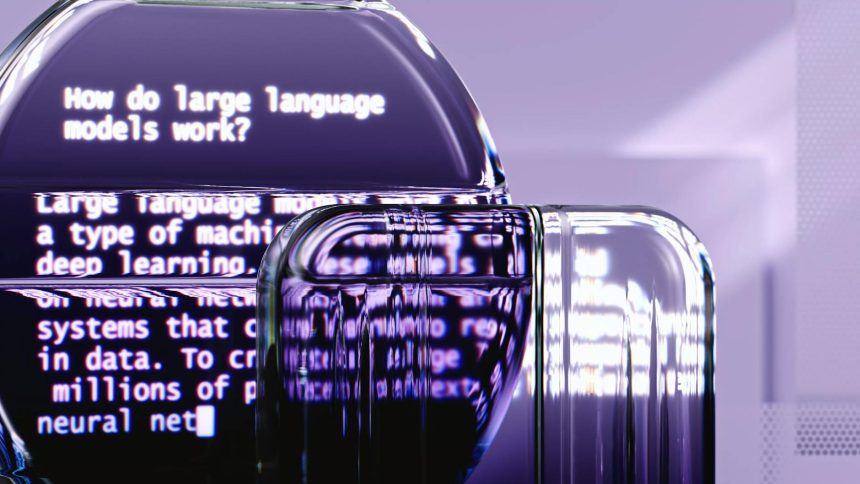## Streamlining Neural Network Operator Tuning
### Accelerating Neural Network Operator Tuning: A Deeper Dive
**
Featured image provided by Pexels — photo by Google DeepMind
Deep neural networks (DNNs) are the powerhouse behind many modern AI advancements, from image recognition to natural language processing. However, their immense computational demands present a significant hurdle. Achieving peak performance requires meticulous optimization, and a key bottleneck often lies in the fine-tuning of individual DNN operators. This process, while critical, can be incredibly time-consuming.
The quest for faster and more efficient DNNs is ongoing. Developers and researchers are constantly seeking ways to reduce inference times and computational overhead without sacrificing accuracy. Traditional compiler optimizations, while helpful, often fall short when it comes to the nuanced requirements of specific DNN workloads.
Tuning DNN operators involves a complex interplay of hardware characteristics, algorithmic choices, and specific data patterns. Each operator, like convolution or matrix multiplication, has numerous implementation variants, and selecting the optimal one for a given scenario can feel like searching for a needle in a haystack. This manual or semi-automated approach is often:
Fortunately, the field is evolving, with new methodologies emerging to tackle the complexity of DNN operator optimization. The goal is to move beyond brute-force search and embrace intelligent, data-driven strategies. This is where advanced modeling techniques come into play, promising to significantly shorten the tuning lifecycle.
Instead of blindly testing every possibility, predictive models learn from past tuning experiments. They can forecast the performance of different operator configurations based on a set of learned parameters. This allows for a much more targeted and efficient search, dramatically accelerating the optimization process.
The drive for efficiency in DNNs has spurred the development of sophisticated tools and techniques. Understanding these methods is crucial for anyone looking to push the boundaries of AI performance.
Compiler optimizations play a foundational role in making DNNs run efficiently. These techniques can include kernel fusion, memory layout transformations, and instruction scheduling. However, the true acceleration often comes from going beyond general-purpose optimizations to tailor solutions specifically for DNN operators.
Models that learn from data are revolutionizing how we approach complex optimization problems. By analyzing performance metrics from various operator configurations, these models can predict which choices will yield the best results for a given hardware target and workload. This predictive capability is a game-changer for accelerating the tuning process.
For a deeper understanding of how compilers work with neural networks, exploring resources like the LLVM project can provide valuable insights into the underlying technologies.
The optimization of deep neural network operators is a critical, yet often arduous, task. By embracing advanced, data-driven modeling techniques, we can move past traditional, time-consuming methods. Accelerating this tuning process not only saves valuable development time and resources but also unlocks significant performance gains, paving the way for more powerful and efficient AI applications.

## Streamlining Neural Network Operator Tuning
### Accelerating Neural Network Operator Tuning: A Deeper Dive
**
Featured image provided by Pexels — photo by Google DeepMind
Sign in to your account